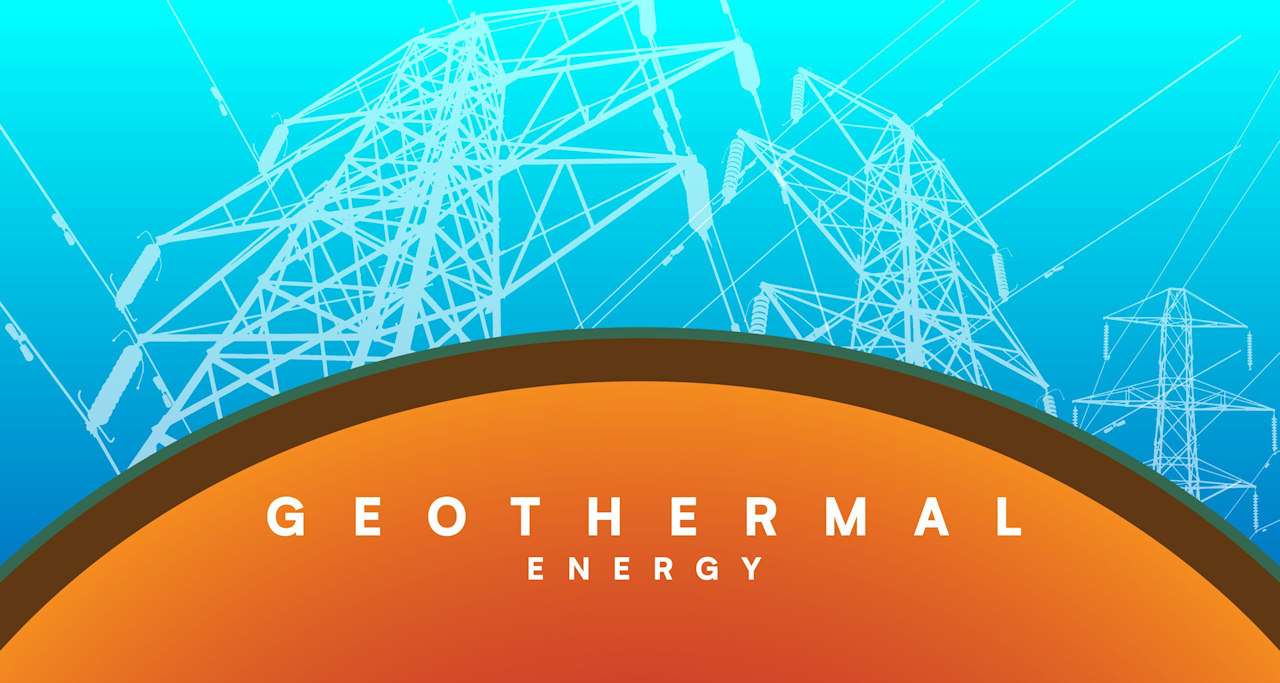
Researchers are combining several advanced technologies to create a system that would evaluate the integrity of geothermal wells that run deep below the Earth's surface. The wells tap into the planet's natural heat to generate steam that turns turbines, producing electricity.
The new “AI-enabled photoacoustic imaging system” would monitor the wells at high temperature and pressure without having to actively cool them down, researchers said.
The project's budget totals $6.1 million, including $4.88 million from the US Department of Energy and $1.22 million from institutions participating in the research. The principal investigator is Hai Xiao, the Milton W. and Betty Holcombe Chair in Electrical and Computer Engineering and chair of the Holcombe Department of Electrical and Computer Engineering at Clemson.
Partners are from Clemson, the University of Oklahoma, Michigan State University, Southern Methodist University and Los Alamos National Laboratory.
“We are bringing together an interdisciplinary team of world-renowned researchers to help push the frontiers of energy research,” Xiao said. “Working together, we can develop an important technology that will help the nation harness more of the renewable energy beneath the surface of our planet.”
Geothermal wells run anywhere from a few hundred feet to more than two miles below the Earth's surface. The research puts the focus on the walls of geothermal wells, which are stabilized with cement and steel pipes called casing.
Over time, extreme temperature and pressure, combined with corrosive fluids and dissolved gases, can weaken the cement and casing.
Left undetected, minor defects can turn into substantial leaks that cause the wellbore to fail, researchers said.
One way to check for defects is to tap on the well's walls and casing and listen for hollow spots. But the heat and pressure are too intense to send robots down into the well.
Instead, researchers plan to use an above-ground pulse laser to generate the sound, and a suite of sensors would listen for the echoes and transmit the results to the surface through a fiber-optic cable.
Using artificial intelligence, the system would synthesize all the echoes to generate a 360-degree, 3D tomographic image of the well.
“It will show you, here's a crack, here's a bubble, here's a delamination,” Xiao said.
One of the most challenging parts of the project will be developing the materials and devices that will be able to survive the extreme environment in the well, he said.
By the end of the project, researchers expect to develop the photoacoustic imaging system, build a prototype and validate it.
In addition to creating new technology, the project is expected to help create unique learning experiences for the next generation of electrical, computer, mechanical, civil, materials, petroleum, optical and geological engineers.
Clemson was among seven organizations and the only university to share in $31 million in Energy Department funding aimed at reducing costs and expanding geothermal energy.
Geothermal resources generate about four gigawatts of electricity in the United States, but a recent Energy Department analysis showed that the amount could increase to 90 gigawatts by 2050 by developing enhanced geothermal systems. That would be enough to power 65 million homes.

